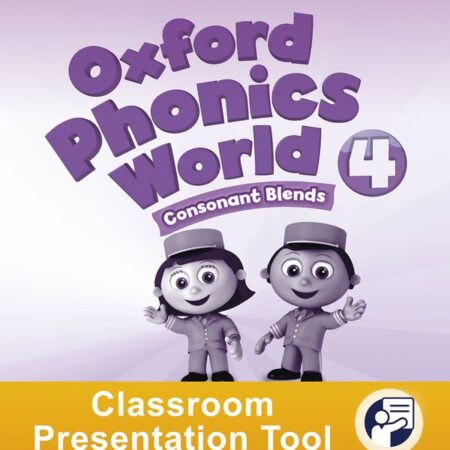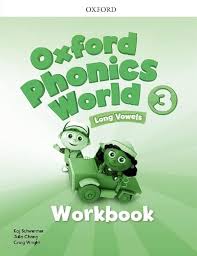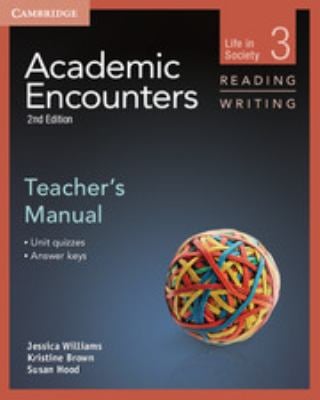Key Features of Oxford Phonics World 4:
Complex Vowel Combinations: Level 4 introduces more advanced vowel sounds and combinations, including:
Diphthongs (e.g., “ou”, “oi”, “oy”, “ow”)
R-controlled vowels (e.g., “ar”, “er”, “ir”, “ur”, “or”)
Vowel + consonant combinations (e.g., “ear”, “air”, “ure”)
Long and short vowel combinations (e.g., “ea”, “ee”, “ai”, “oa”)
Multi-Syllabic Words: Students begin to tackle longer words with multiple syllables. This helps to improve their decoding and blending skills and prepares them for reading and spelling more complex vocabulary.
Examples: “butterfly”, “beautiful”, “reliable”, “wonderful”
Silent Letters: Learners continue to study silent letters and how they affect pronunciation and spelling, including combinations like “gn”, “kn”, “wr”, and “mb”.
Examples: “wrist”, “knight”, “thumb”, “sign”
Irregular Words and Sight Words: More irregular words and sight words are introduced that don’t follow typical phonics rules, so students must recognize and memorize them. This includes words like “enough”, “through”, “busy”, and “friend”.
Reading and Writing Sentences: Level 4 encourages students to read and write more complex sentences, including those with compound words, contractions, and adjectives. This not only helps to solidify their phonics skills but also boosts their overall literacy skills.
Example: “The clever boy played with the big red ball.”
Contextual Learning with Stories: There are short, engaging stories that incorporate the new phonics rules and vocabulary. These stories are designed to support the development of reading fluency and comprehension skills. By reading longer passages, students improve their ability to connect phonics knowledge to real-world contexts.
Review of Phonics Rules: Throughout Level 4, there are consistent opportunities to review and consolidate all of the skills learned in earlier levels, ensuring that students have a solid foundation and confidence before moving on to more advanced literacy work.
Interactive Activities and Games: Just like in earlier levels, there are a variety of interactive activities and games to make learning fun. These include puzzles, word searches, matching games, and activities that reinforce reading, writing, and listening skills.
Typical Breakdown of Oxford Phonics World 4:
Unit 1: Focuses on complex vowel sounds (e.g., “ar”, “or”, “ear”) and introduces compound words.
Unit 2: Covers silent letters (e.g., “kn”, “wr”) and irregular vowel combinations (e.g., “ou”, “oi”).
Unit 3: Introduces diphthongs like “oi”, “oy”, and “ow” and focuses on blending longer words with multiple syllables.
Unit 4: Covers r-controlled vowels and multi-syllable words, introducing more complex sentences and story passages.
Unit 5: Reviews everything learned so far and integrates these skills into stories and more difficult reading tasks.
Unit 6: Consolidates all of the skills with a final review, helping students apply their phonics knowledge to increasingly complex texts.
Oxford Phonics World 4 iTool for Windows
- Structure of Level 4:
Unit 1: Introduces more consonant blends (e.g., “st”, “dr”, “tr”) and short vowel sounds in multisyllabic words.
Unit 2: Focuses on complex vowel sounds (e.g., “ou”, “oi”) and introduces words with silent letters (e.g., “knight”, “wrap”).
Unit 3: Builds on diphthongs like “oi”, “ow”, and “ou”, with more practice in blending and segmenting.
Unit 4: Focuses on long vowel sounds (e.g., “ea”, “ai”, “ee”) and introduces compound words (e.g., “sunflower”, “playground”).
Unit 5: Reviews and practices using these skills in more complex sentences and stories.
Unit 6: Consolidates everything learned in the previous units, with comprehension activities and review exercises.
$5.00
Buy Now










Reviews
There are no reviews yet.